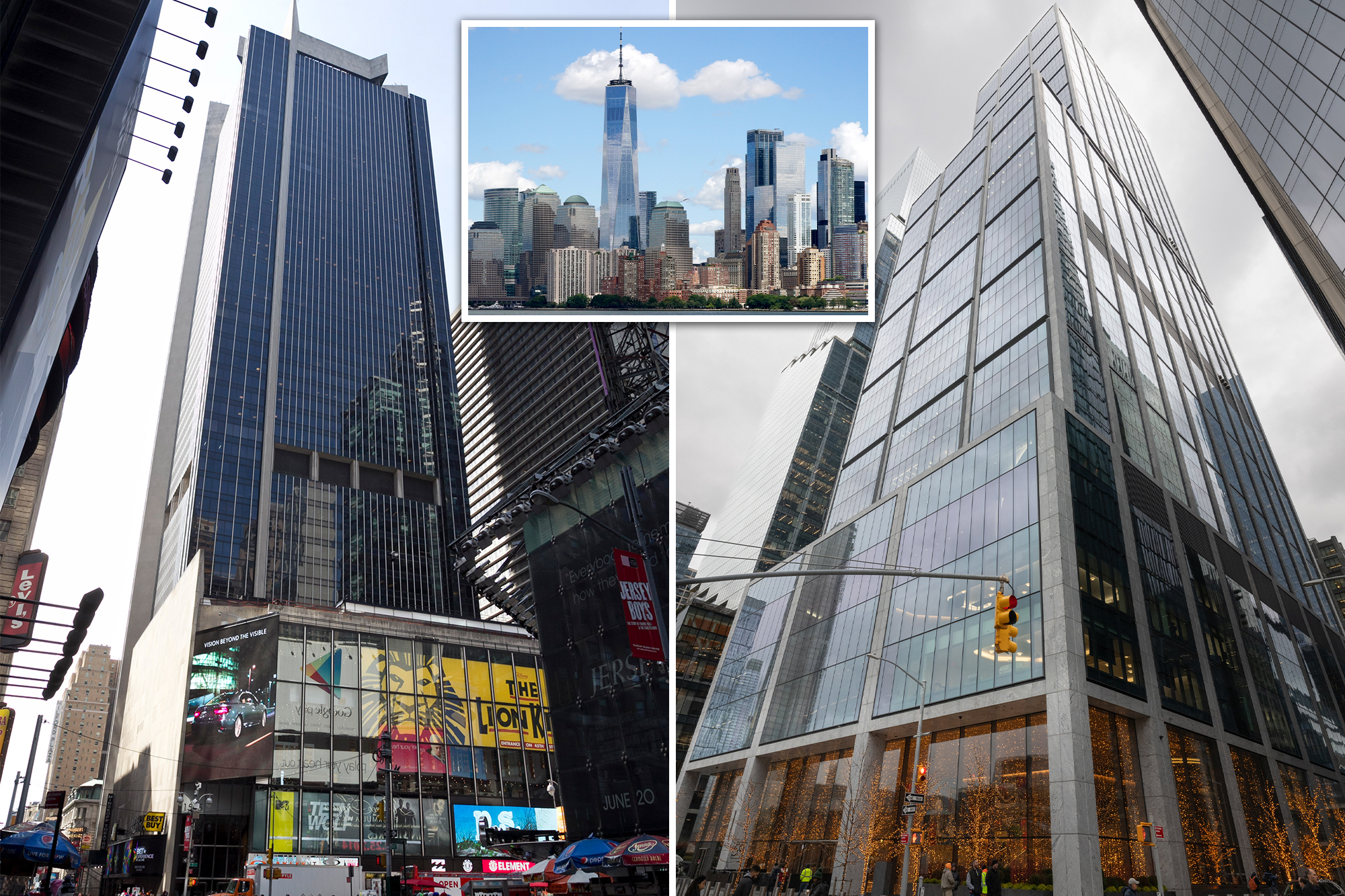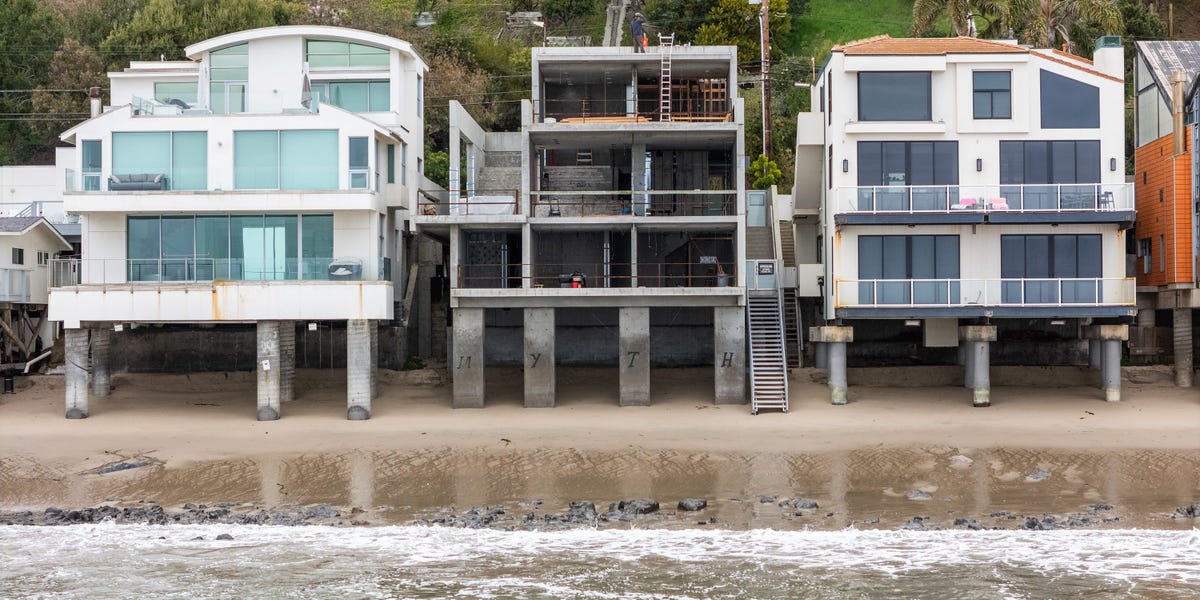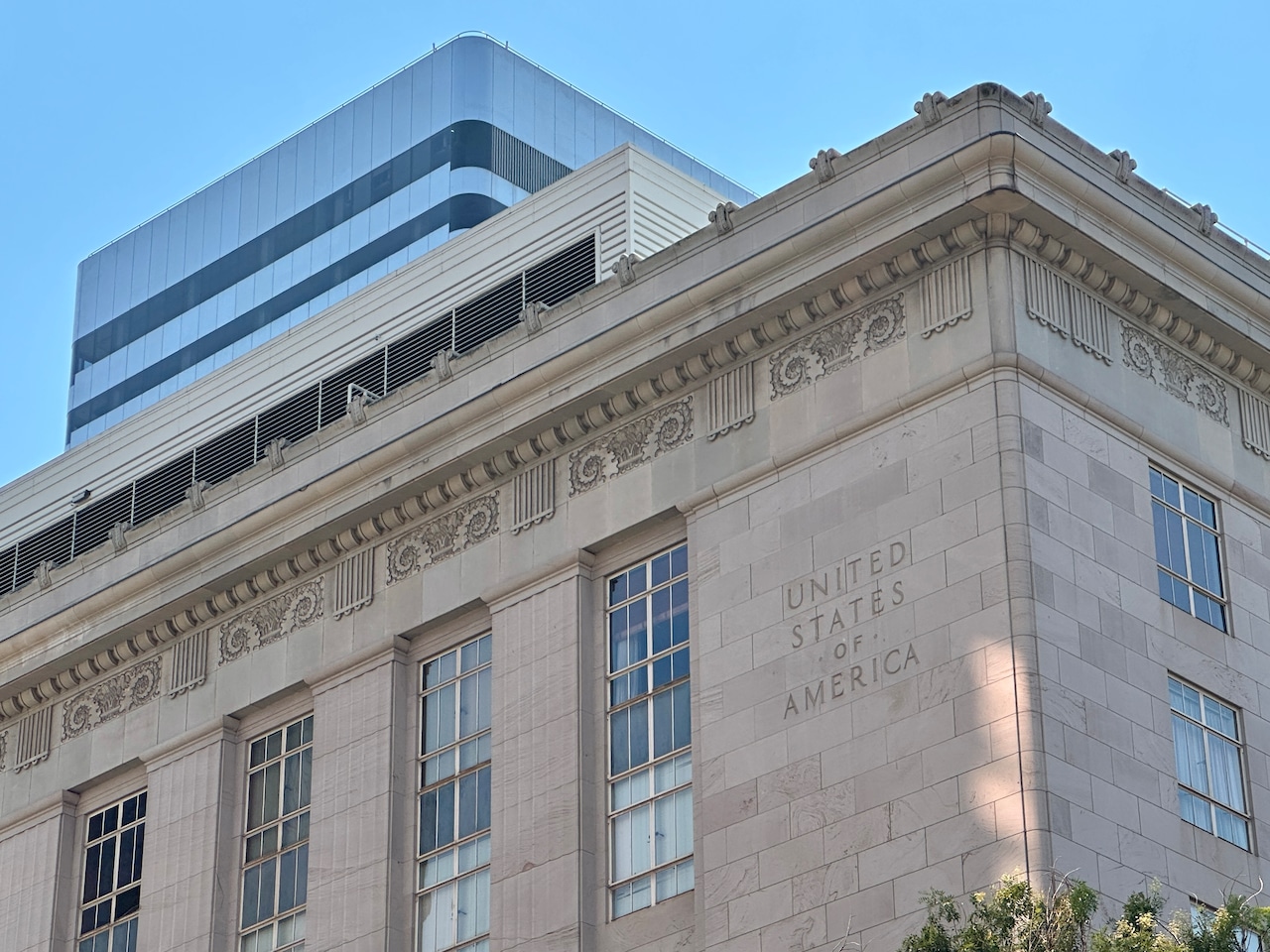R
ecent data shows the once‑predicted surge in Manhattan office subleases has receded. Transwestern reports that third‑quarter sublease inventory dropped to 11.8 million sq ft, below the 12.3 million sq ft level seen before the pandemic and far from the 23 million sq ft peak of early 2023. The feared “glut” that was expected to undo post‑COVID gains is no longer a looming threat.
In early 2023, Savills warned that companies had listed a record 22.4 million sq ft for sublease—about 24.6 % of all Manhattan office space—fueling concerns about a market downturn. A May 2023 analysis in The City linked the decline to vacant towers, rising borrowing costs, $16 billion of outstanding debt, high sublease volumes, and the persistent remote‑work trend.
Today, Transwestern notes that sublease listings now account for only 18 % of the city’s office supply. Most available units are under 25 k sq ft, though a handful of larger parcels remain. “We’ve monitored the sublease cycle for years, watching it swell during the pandemic and now see a steady contraction,” said Corrie Slewett, Transwestern’s research manager. “It’s significant that the market has fallen below pre‑pandemic levels.”
Recent large‑scale sublease reductions include Paramount Global’s removal of 92,500 sq ft from 1515 Broadway. Absorption deals have also been active: Blackrock took 193 k sq ft from Meta at 50 Hudson Yards; Robinhood secured 125,400 sq ft from MSG at 2 Penn; and Sixth Street Partners acquired 103,400 sq ft from Pfizer at The Spiral.
CBRE’s global brokerage chief, Stephen B. Siegel, noted that the market’s “fire‑like” activity naturally drives sublease absorption, as tenants expand or retain space they had planned to release.













